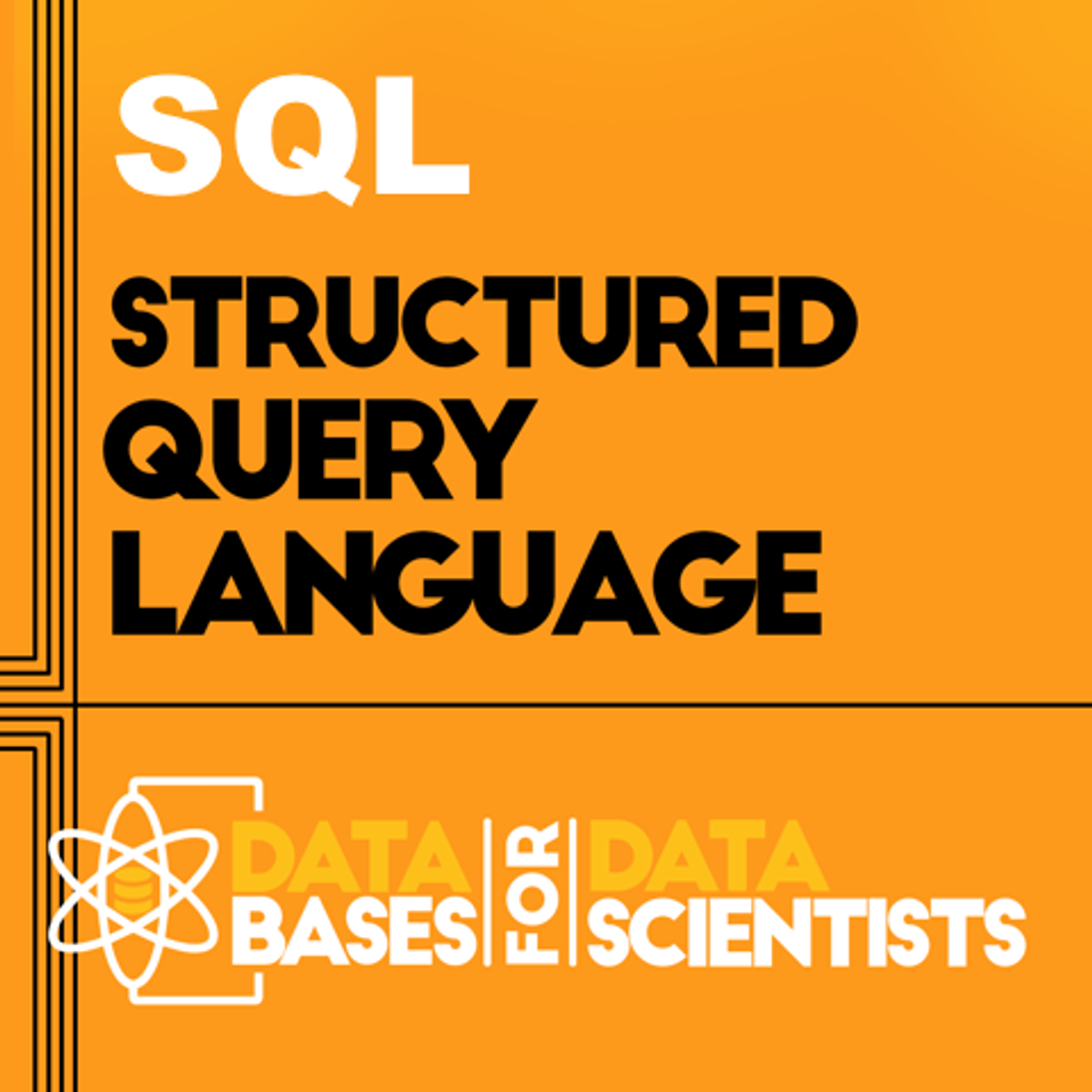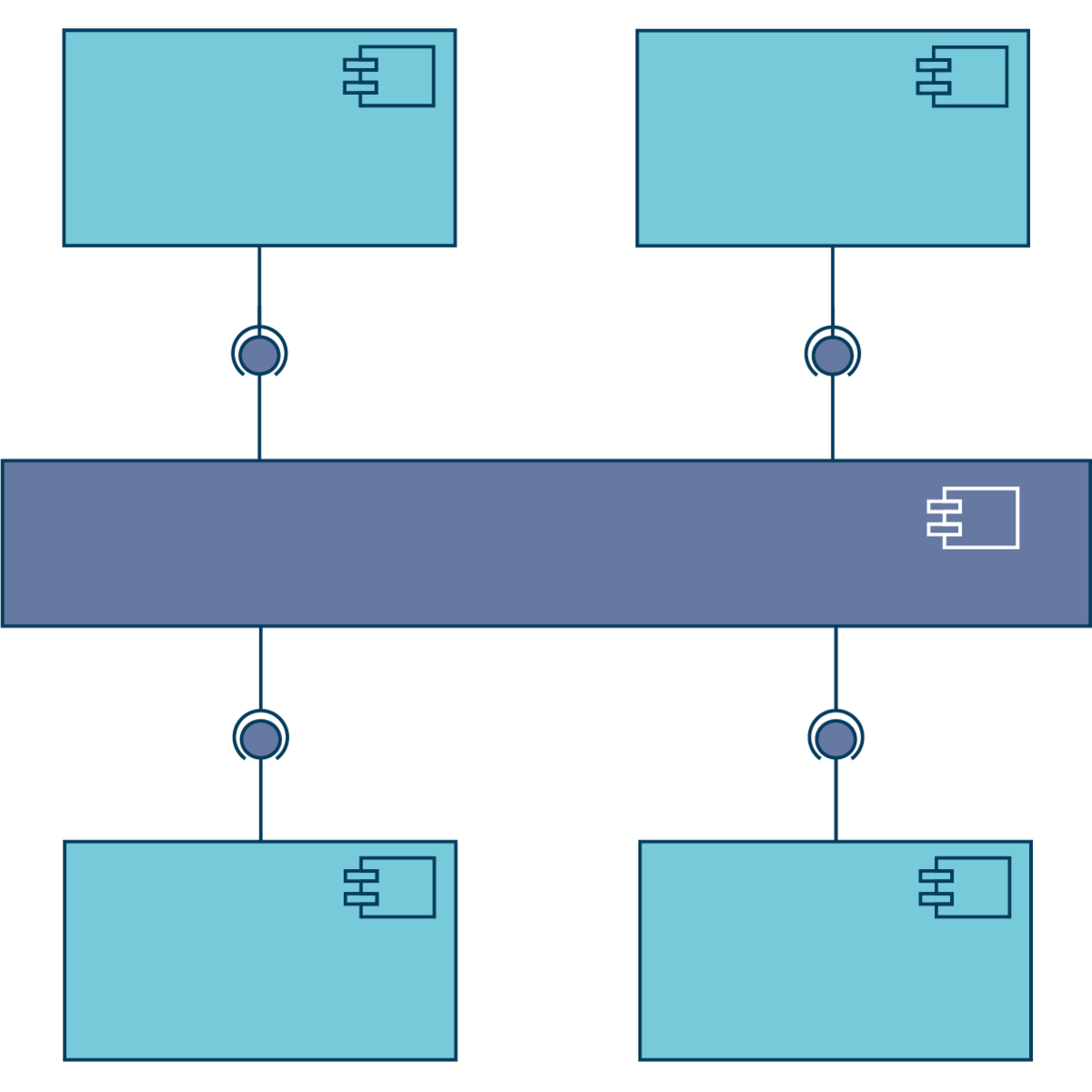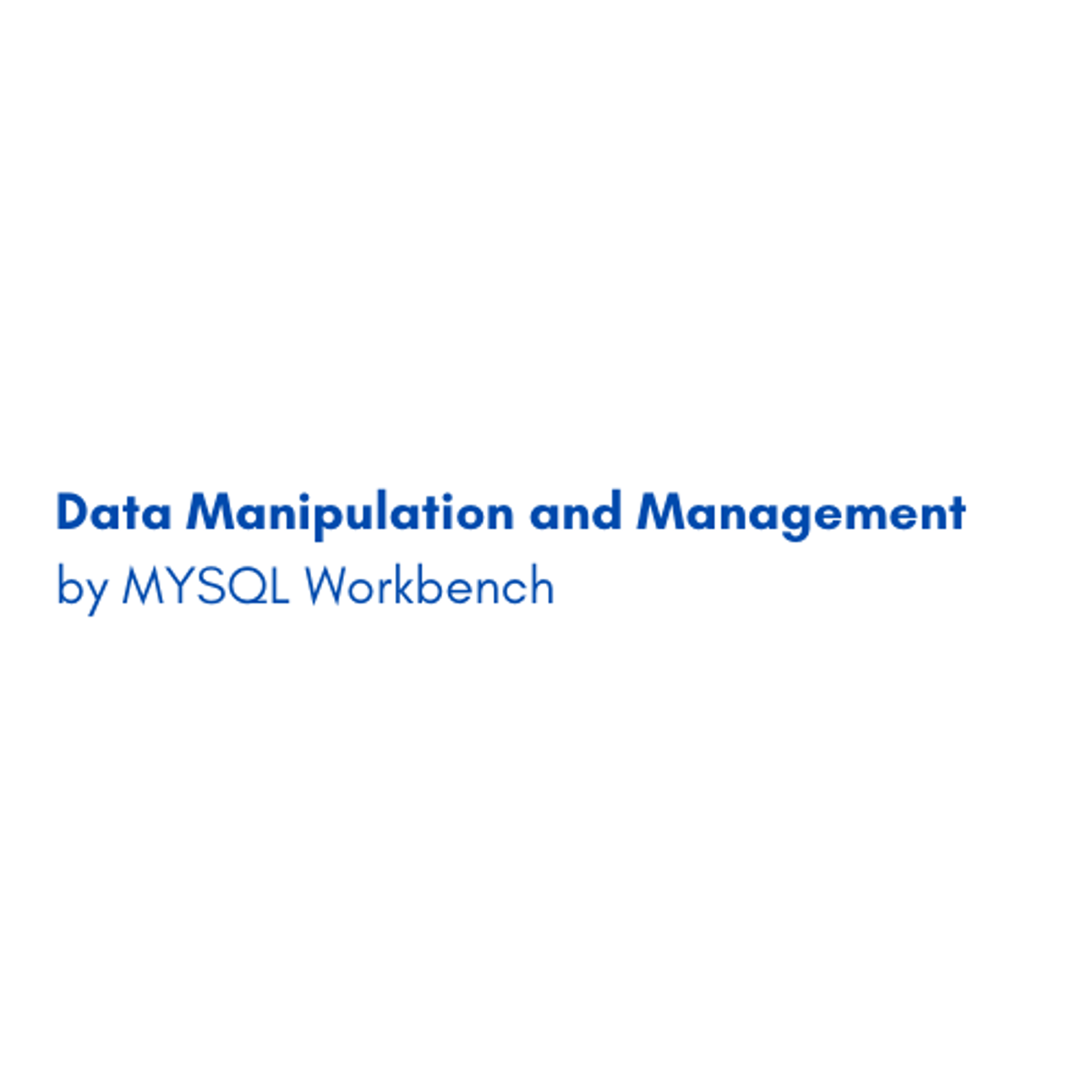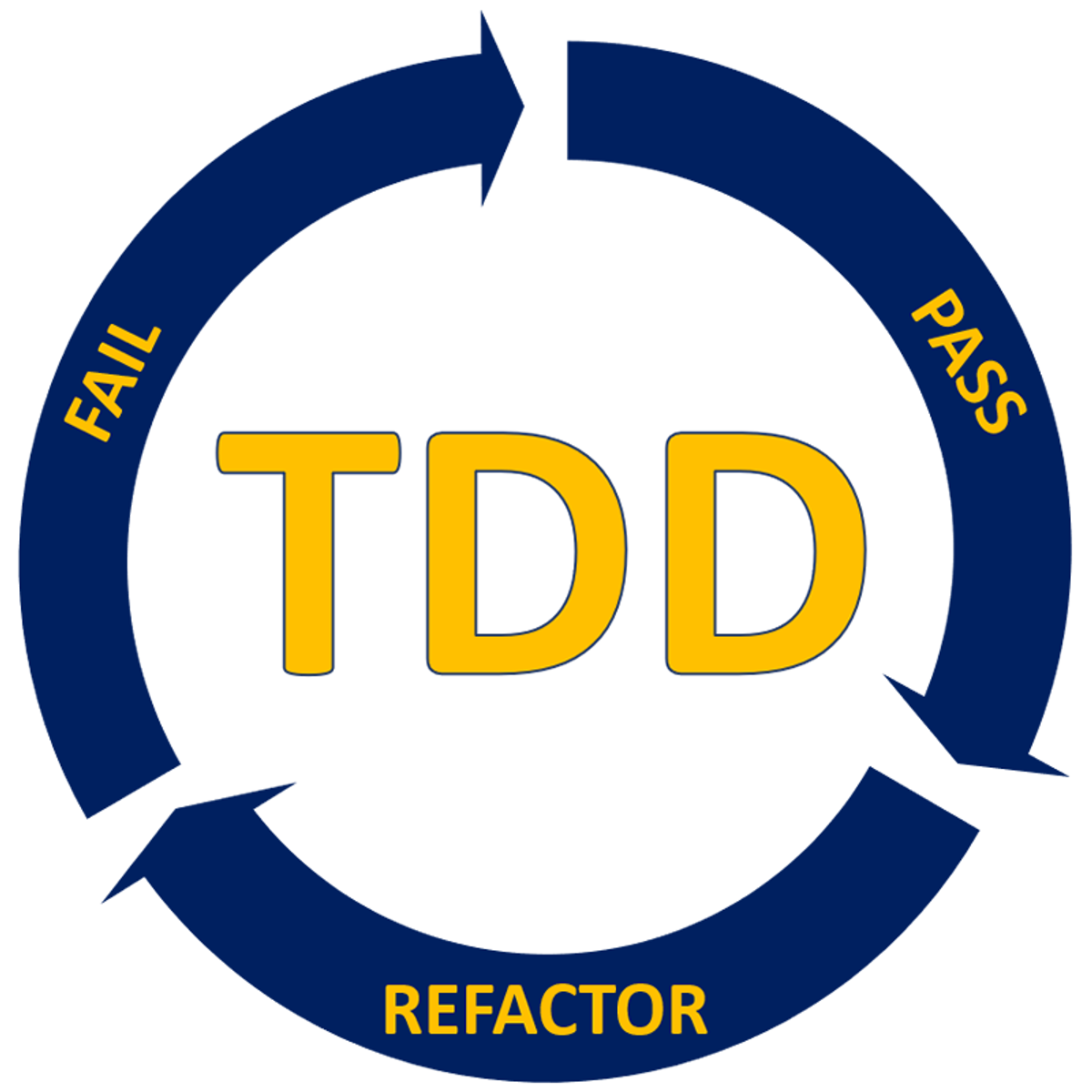Back to Courses









Software Development Courses - Page 117
Showing results 1161-1170 of 1266

JSON and Natural Language Processing in PostgreSQL
Within this course, you’ll learn about how PostgreSQL creates and uses inverted indexes for JSON and natural language content. We will use various sources of data for our databases, including access to an online API and spidering its data and storing the data in a JSON column in PostgreSQL. Students will explore how full-text inverted indexes are structured. Students will build their own inverted indexes and then make use of PostgreSQL built-in capabilities to support full-text indexes.

GUI Programming: Create a Login System in Python
By the end of this guided project, you’ll be able to create a login system using python’s popular library Tkinter. You’ll learn how to create a Graphical User Interface (GUI) in Python from the scratch. You’ll learn how to create windows, labels, entry boxes and buttons. You’ll learn how to extract data from the entry boxes. You’ll learn how to change color, size orientation of most of Tkinter’s widgets. You’ll learn how to add functionality to the buttons. You’ll be capable of manipulating text files by writing, reading, appending and creating them.
Out of all the GUI methods in Python, Tkinter is the most commonly used method. Python with Tkinter is the fastest and easiest way to create GUI applications. Tkinter widgets can be used to construct buttons, menus, data fields, etc. in a Python application. Once created, these graphical elements can be associated with or interact with features, functionality, methods, data or even other widgets.
Note: This course works best for learners who are based in the North America region. We’re currently working on providing the same experience in other regions.

The Structured Query Language (SQL)
In this course you will learn all about the Structured Query Language ("SQL".) We will review the origins of the language and its conceptual foundations. But primarily, we will focus on learning all the standard SQL commands, their syntax, and how to use these commands to conduct analysis of the data within a relational database. Our scope includes not only the SELECT statement for retrieving data and creating analytical reports, but also includes the DDL ("Data Definition Language") and DML ("Data Manipulation Language") commands necessary to create and maintain database objects.
The Structured Query Language (SQL) can be taken for academic credit as part of CU Boulder’s Master of Science in Data Science (MS-DS) degree offered on the Coursera platform. The MS-DS is an interdisciplinary degree that brings together faculty from CU Boulder’s departments of Applied Mathematics, Computer Science, Information Science, and others. With performance-based admissions and no application process, the MS-DS is ideal for individuals with a broad range of undergraduate education and/or professional experience in computer science, information science, mathematics, and statistics. Learn more about the MS-DS program at https://www.coursera.org/degrees/master-of-science-data-science-boulder.

Service-Oriented Architecture
Based on an understanding of architectural styles, you will review architectures for web applications, then explore the basics of Service-Oriented Architecture (SOA) in two approaches: Web Services (WS*) and Representational State Transfer (REST) architecture.
In the Capstone Project you will connect a Java-based Android application with Elasticsearch, a web service with a REST application programmer interface (API).
After completing this course, you will be able to:
• Describe SOA (Service-Oriented Architecture) to structure web-based systems.
• Explain WS* services (i.e., SOAP over HTTP, WSDL, UDDI, BPEL).
• Apply REST architecture (i.e., JSON over HTTP, URI).
• Identify REST design principles.
• Create a system using REST interfaces.
• Apply microservice architecture.

Introduction to Server Side Rendering in React
By the end of this project, you will Build a Server-side Rendered React (SSR) App.
For the Server-side react implementation, we will be using the Next.js React Framework, since that is designed for server-side react development and eliminates the need for installing and configuring additional libraries required for React SSR.
Intro to Operating Systems 3: Concurrency
Learn the inner workings of operating systems without installing anything!
This course is designed for learners who are looking to maximize performance by understanding how operating systems work at a fundamental level. The modules in this course cover concurrency, threads, locks, locking data structures and multi-CPU scheduling.
To allow for a truly hands-on, self-paced learning experience, this course is video-free. Assignments contain short explanations with images and runnable code examples with suggested edits to explore code examples further, building a deeper understanding by doing. You’ll benefit from instant feedback from a variety of assessment items along the way, gently progressing from quick understanding checks (multiple choice, fill in the blank, and un-scrambling code blocks) to slowly building features, resulting in large coding projects at the end of the course.

Introduction to DevSecOps
DevSecOps has gained considerable momentum in recent years. It integrates software development (Dev), information security (Sec), and IT operations (Ops) so that businesses increase the value delivered by software. This course provides an overview of DevSecOps; introduces essential practices, such as continuous integration / continuous deployment (CI/CD), that shorten the cycle from implementing a feature to its availability to users; and describes how to start a DevSecOps transformation.
This course is for anyone who develops or manages information technology (IT) systems and wants to break down barriers between teams (development, information security, and operations), to shorten the time to market of new IT capabilities and gain a competitive advantage in the industry, and to increase the dependability and security of IT services.

z/OS System Services Structure
This course presents the structure and control blocks of the z/OS BCP and system services. It prepares the new z/OS system programmer to identify potential bottlenecks and performance problems, perform initial error symptom gathering, and identify opportunities and requirements for tailoring an z/OS system. This course also provides prerequisite information needed for further training in specialized areas such as system measurement and tuning and system problem determination.

Data Manipulation and Management using MYSQL Workbench
By the end of this project, you will be able to manage data efficiently in a specific database using MYSQL Workbench. You will be able to select data from tables from your database and use keywords in select statements such as LIMIT and Top. You will be able to update the data and filter them using where statements, and also apply conditions with different ways and keywords such as like, and, or, and between. Moreover, you will be able to apply the aggregate functions in your select statement and the grouping by, and finally, you will be able to join tables with each other using three different joins, left, inner and right join. A database management system stores organize and manage a large amount of information within a single software application. The Use of this system increases the efficiency of business operations and reduces overall costs. The world of data is constantly changing and evolving every second. This in turn has created a completely new dimension of growth and challenges for companies around the globe like Google, Facebook, or Amazon.
This guided project is for beginners in the field of data management and databases. It provides you with the basics of managing the database and data. It equips you with knowledge of the first steps in data management and data extraction. This in turn has created a completely new dimension of growth and challenges for companies around the globe like Google, Facebook, or Amazon.
Note: This course works best for learners who are based in the North America region. We’re currently working on providing the same experience in other regions.

Integrating Test-Driven Development into Your Workflow
In this course we will discuss how to integrate best practices of test-driven development into your programming workflow. We will start out by discussing how to refactor legacy codebases with the help of agile methodologies. Then, we will explore continuous integration and how to write automated tests in Python. Finally, we will work everything we've learned together to write code that contains error handlers, automated tests, and refactored functions.
Popular Internships and Jobs by Categories
Browse
© 2024 BoostGrad | All rights reserved


